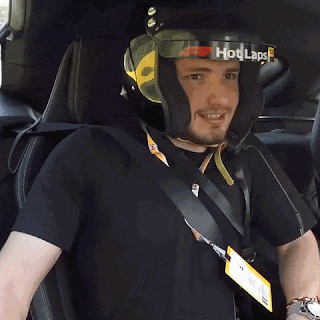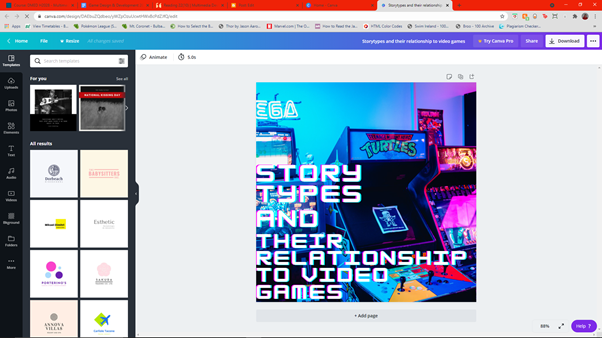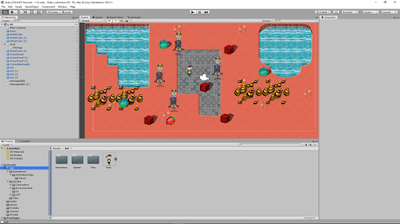Game Elements ~ Reading Week 4
What are the Qualities of Games?
After completing my reading of What are the Qualities of Games? by Ian Schreiber it is clear that he raises some very important questions on what qualities make up a game. Those points being that all games are made up of some basic atoms, The process of critically analyzing a game in three simple steps and some questions to ask yourself while critically analyzing a game.
The author speaks about how there are some key elements that make a game. He states these may differ depending on who you ask, there are also many different "schemes of classification" of what a game is but none of these are perfect but all have running themes that are all found between them all. These "atoms" as the author refers to them are as followed, Player, Objective/ goal, rules, resources and resource management, game state, information, sequencing, player interaction, theme and finally games as systems.
The author of the article then goes on to say how to critically analyze a game you have created, he offers a three step process to do so. The steps are as followed 1. "Describe the game's formal elements. Do not interpret at this point, simply state what is there. 2. Describe the results of the formal elements when put into motion. 3. Try to understand why the designer chose those elements and not others."
Finally he give some questions to ask yourself at this stage they were as followed "What challenges do the players face? what actions can players take to overcome those challenges? How do players affect each other? What is the game's intended audience? Is the game appropriate for that audience?" these are only some of the questions. These should help you to develop a game.
Caption: Game elements.
Introduction to Game Design
After watching the video on prototyping many points have been raised I would not have thought of before. There are many way to prototype a game other than on a computer with code, Your trying to get a sense of the game you want to make.
Firstly when you think of prototype game you might think of a games bate right. Well game prototypes come in many different forms most being physical and not on a computer. You can make small cut outs of your game to see how it should look and how all the moving pieces interact with one another. You may choose to use your body or real life object to get a sense of what the game should feel like when being played.
These prototypes should come before you write any code as if you can't physically picture your game or have a sense of what the game is all about it will become more difficult to know how to solve it should something go wrong.
Link to third article should you want to read it.




Comments
Post a Comment